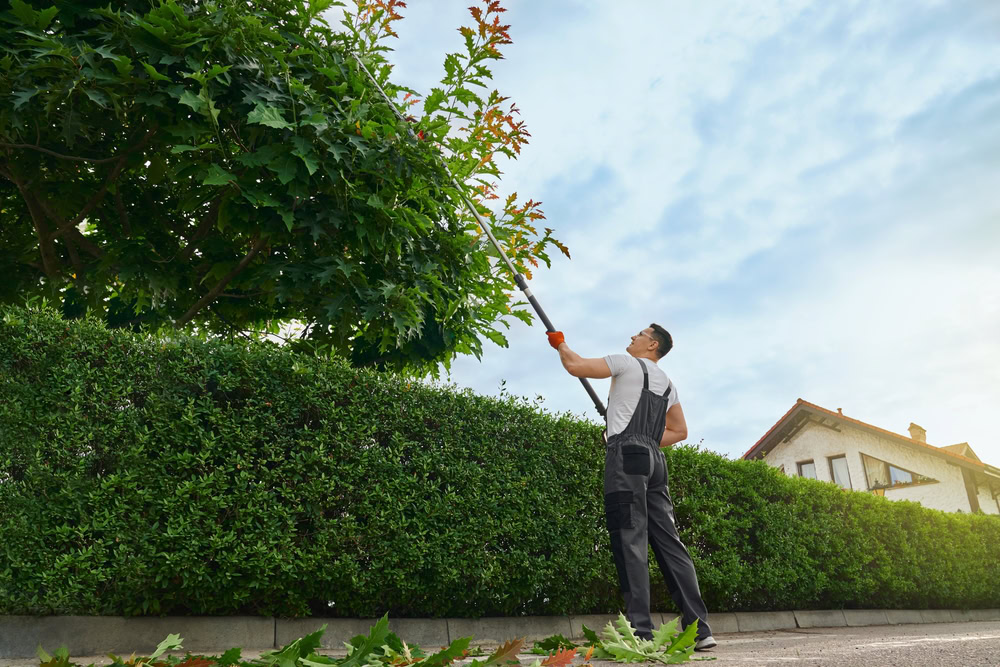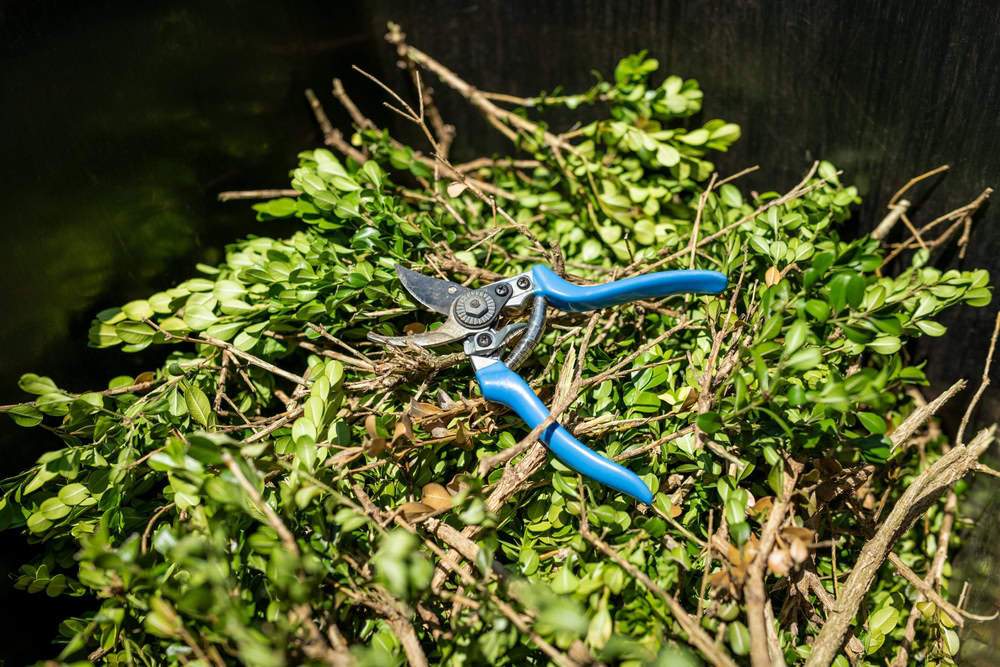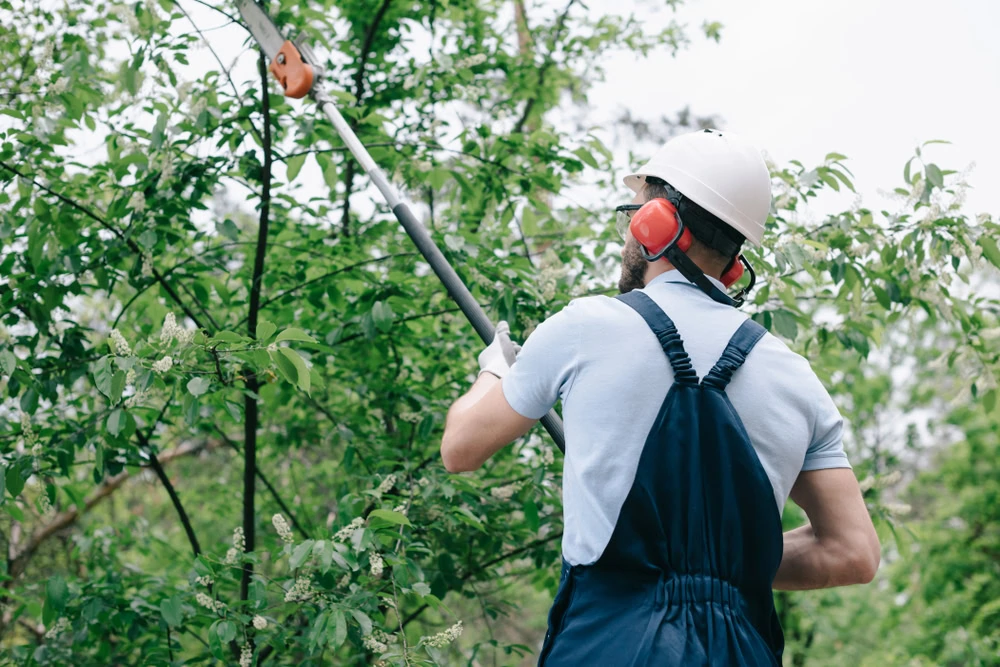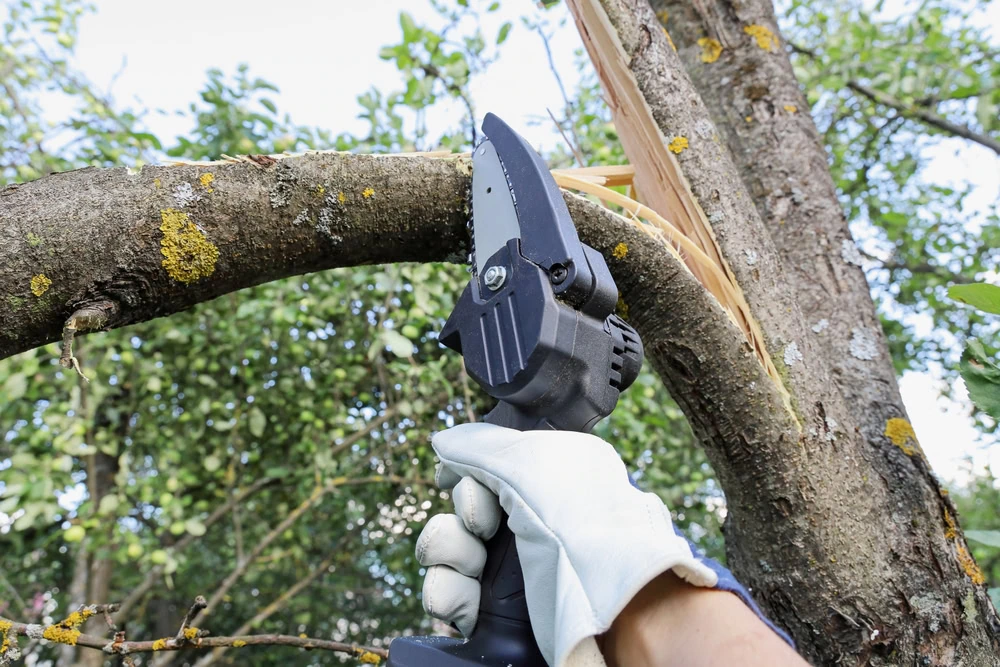Tree Trimming in Garden City Park, NY
Safe, Professional Tree Care That Protects Your Property
Expert tree trimming that prevents damage, enhances safety, and keeps your landscape looking its best year-round.

Hear from Our Customers

Professional Tree Care Services
You get peace of mind knowing those overhanging branches won’t crash through your roof during the next storm. Your trees stay healthier, your property looks better, and you avoid the headache of emergency tree situations that always seem to happen at the worst possible time.
Proper tree trimming isn’t just about cutting branches. It’s about removing the risks that keep you up at night during windy weather. It’s about maintaining the curb appeal that protects your property value.
When trees are trimmed correctly, they grow stronger and more resilient. You’ll see better sunlight reaching your lawn and garden areas. Your neighbors will notice the difference, and more importantly, your insurance company will appreciate that you’re being proactive about potential hazards.
Garden City Park Tree Experts
Green Light Tree Services has been handling tree care throughout Garden City Park and Nassau County for years. We understand how Long Island weather affects different tree species and know which pruning techniques work best for our local climate.
Every crew member is trained in proper safety protocols and tree biology. We carry full insurance coverage because tree work involves real risks that require real protection.
You’re not getting a fly-by-night operation or weekend warriors with chainsaws. You’re getting professionals who understand that your trees are investments worth protecting properly.

Tree Trimming Process
First, our certified arborist assesses your trees to identify which branches need removal and which should stay. This isn’t guesswork – there’s a science to proper pruning that affects tree health and growth patterns.
Our crew sets up safety equipment and protective barriers around your property. All cuts are made using proper techniques that promote healing and prevent disease entry points. Dead, diseased, or structurally weak branches get removed first, followed by any growth that’s interfering with structures or power lines.
After trimming, all debris gets cleaned up and removed from your property. You’re left with healthier trees that look better and pose fewer risks to your home and family. Our arborist explains what was done and provides recommendations for ongoing tree care.

Ready to get started?
Complete Tree Maintenance Solutions
You get a thorough assessment of each tree’s health and structure before any cutting begins. Our service includes removal of dead, diseased, or damaged branches, plus selective pruning to improve tree shape and reduce wind resistance.
Crown thinning opens up the canopy to allow better air circulation and light penetration. Crown raising removes lower branches that might interfere with walkways, driveways, or structures. Any branches threatening power lines or buildings get priority attention.
Garden City Park’s mature trees often need specialized care due to their age and size. We have experience working around the established landscapes and tight spaces common in this area. All work follows industry standards for proper pruning cuts that heal cleanly and don’t leave trees vulnerable to pests or disease.
